The Press(ure) is On– Why You Probably Need a Palmgren® Arbor Press
Arbor presses convert small manual forces into large mechanical forces, allowing you to assemble parts needing a press-fit easily. To use an arbor press, mount the press to a table or anvil for support. Force is applied to the lever and then multiplied through a pinion gear to the rack teeth on the ram.
Arbor Press Applications
You can use Palmgren arbor presses for many applications: pressing in bearings or bushings, pressing pins or shafts both in/out, bending materials, squeezing, punching, key-way broaching, assembly requiring a press fit, and general repair work.
Determining the Correct Size for You
Choosing the right arbor press is dependent on your needs, such as speed, pressure needed, and size. To determine the right size for you, there are three questions to guide you in your selection process: What is the size of your workpiece? How much pressure is required? How often will the arbor press be used, or how many parts need to be pressed at one time?
Palmgren offers a range of arbor presses including:
0.5 Ton Arbor Press (Model 9661051)
1 Ton Arbor Press (Model 9661101)
2 Ton Arbor Press (Model 9661201)
3 Ton Arbor Press (Model 9661301)
3 Ton Ratcheting Arbor Press (Model 9661302)
4 Ton Arbor Press (Model 9661401)
Single Leverage Vs. Compound Leverage
There are two kinds of arbor presses: single leverage and compound leverage. Single leverage only applies pressure on the workpiece whenever you are actively pulling down on the handle. Once you let go, the pressure is released. These presses are hand-operated tools using a rack and gear system. This allows you to apply high pressure to either assemble or disassemble parts. They are also rated by the maximum load they can apply, usually between 1 to 5 tons. The main components of a single leverage press consist of a frame, rack, pinion, handle, depth stop, and a three-piece pressing bit set.
Like single leverage, compound presses, also known as ratcheting arbor presses, use a ratcheting system that multiplies the leverage along with pins and a pawl. The handle provides an optimal leverage position with a consistent application of force and operates like a handheld ratchet wrench. The ratchet motion gives faster pressing speed and exerts larger pressing forces. The main parts of a compound leverage press are the frame, rack, pinion, handle, compound, short and long sliding pin, and the pawl. The frame, rack, pinion, and handle serve the same purpose on the compound leverage as the single leverage press. There is also a lever weight that counterbalances the handle and adds leverage to operate the compound press.
To better understand the functions of each component, we’ll break it down for you.


Frame
The primary function of the frame is to support the pinion and guide the ram. The base of the frame is precision machined for a flat surface. There is a cutout on the base to allow the rack to press through parts without bending the material you’re pressing.
Anvil
On top of the table is a removable machined steel anvil with four slot positions that conveniently support various workpieces. The anvil has a machined surface on both the top and bottom, giving you a smooth surface to work on.
Rack (or Ram)
When used with the pinion, the rack is a gear that changes rotary torque to straight-line, pressing forces.
Pinion
The pinion acts as the short lever in the leverage ratio and is a gear that produces the motion of the rack.
Handle
The handle acts as the long lever in the leverage ratio and produces the motion of the pinion.
Depth Stop
This is an exclusive feature on all Palmgren single leverage arbor presses. The depth stop collar allows you to adjust and limit the stroke of the rack accurately. This way, the rack doesn’t always travel at its full length or increase the speed of your operation.
Three Piece Pressing Bit Set
The pressing bit set is exclusive to Palmgren single and compound leverage arbor presses. Each of our presses comes with one pointed, round, and square end bit. When the bits are not in use, the base on each press has three holes for storage. The bits eliminate the need to always make a particular bit to handle an application.
Compound
This part is the support for the pawl and the lever weight. When either pin is engaged, it also works as a lever and avoids using the handles.
Short and Long Sliding Pin
The short sliding pin is located in the compound, and it locks the lever weight and compound together when using simple leverage. The long sliding pin is found in the frame and acts as the pivot for the lever weight when using compound leverage.
Pawl
Used as a lock between the compound and the pinion is the pawl. This pawl allows the handle to be in the most convenient spot for you while operating.
Learn More
In addition to our arbor presses, Palmgren sells a complete line of machinery such as mills, saws, lathes, and more. To learn more about our arbor presses and other products, head to our site at Palmgren.com.
Palmgren®, “Embrace the Work™”



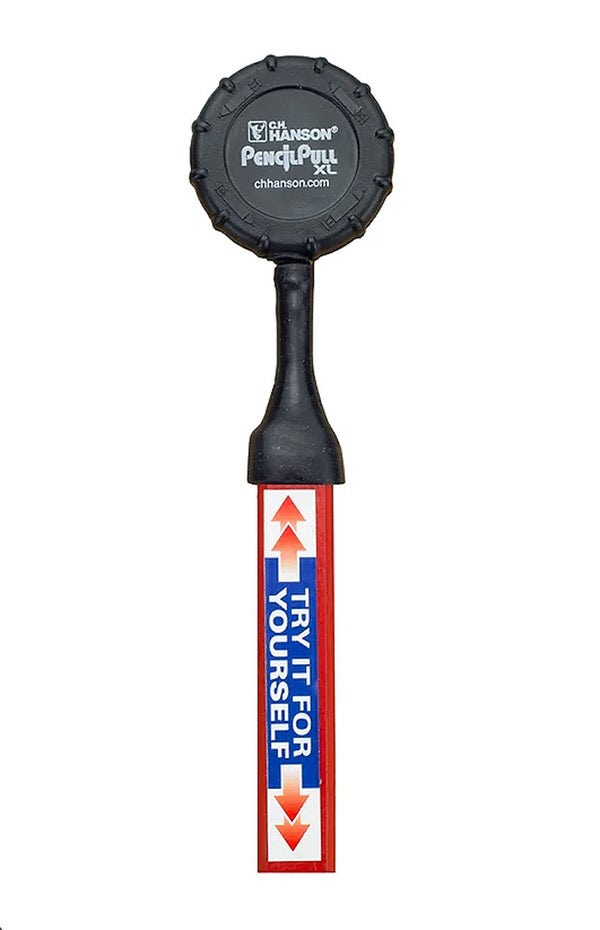
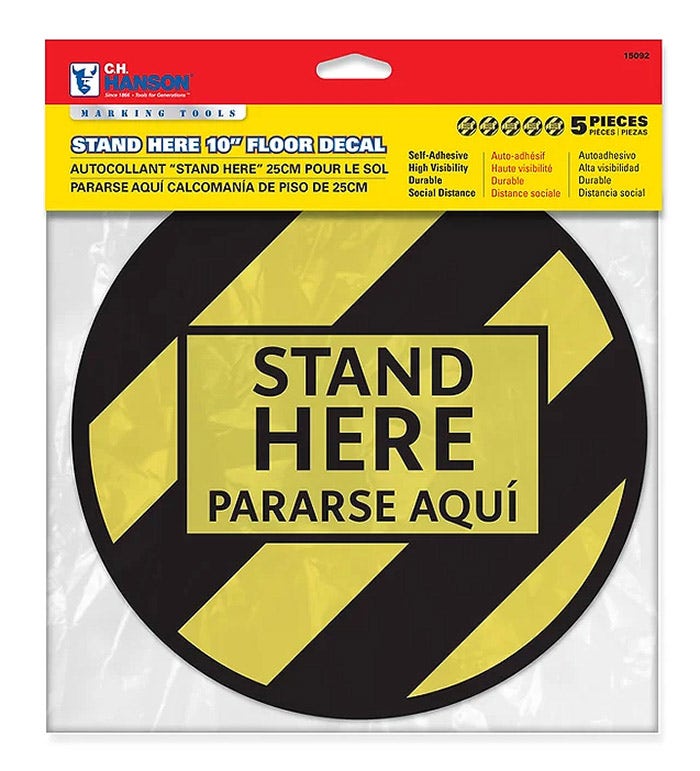
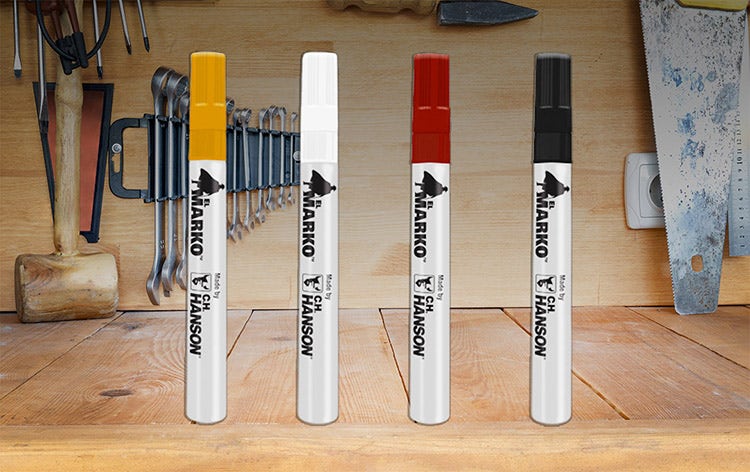
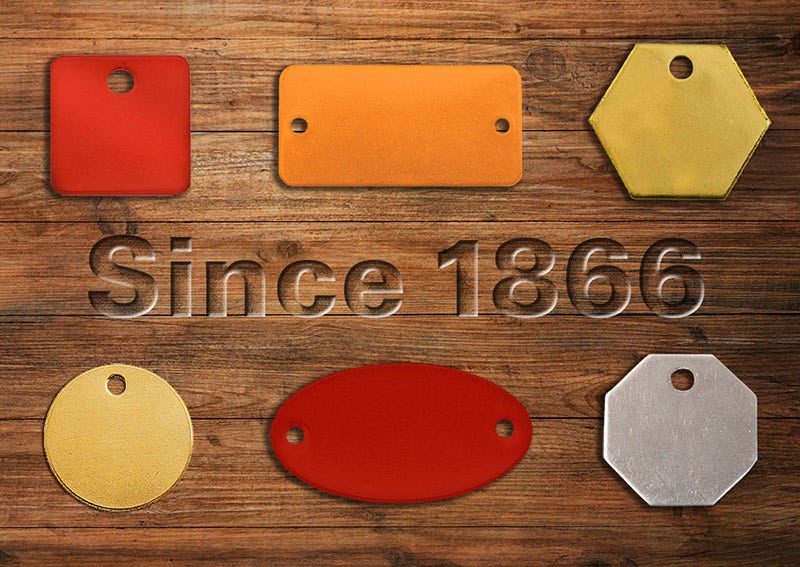




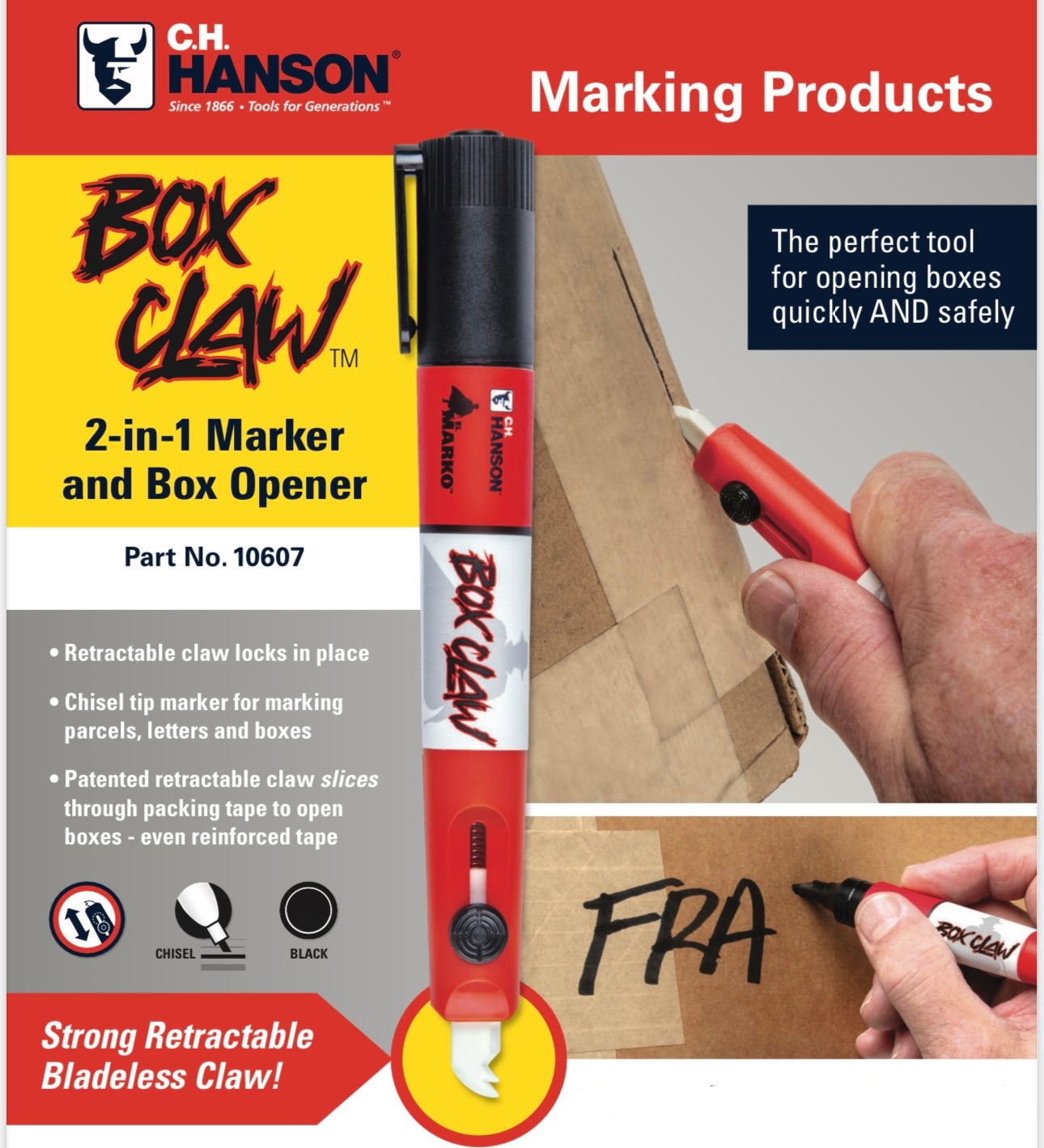


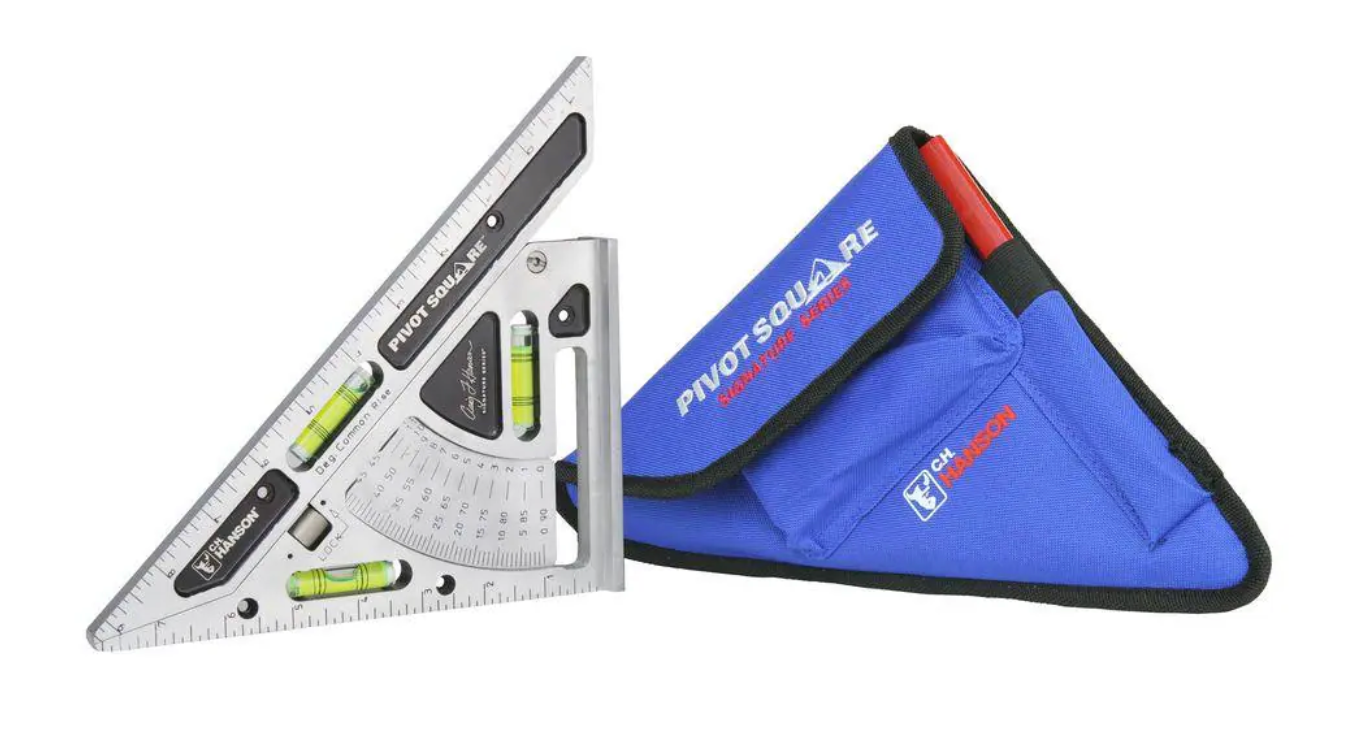

Comments